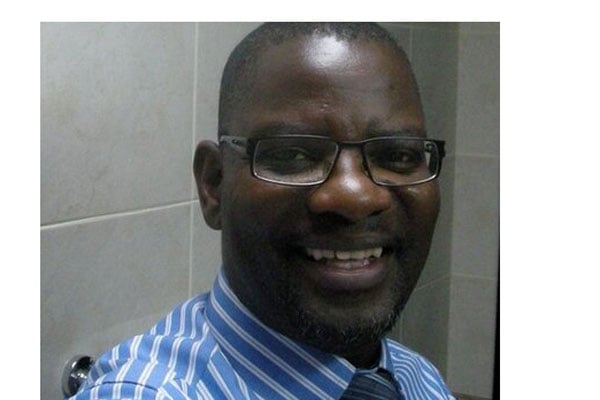Prime
Middle-income status? Thanks but we’re dirt poor

Author: Musaazi Namiti. PHOTO/FILE
What you need to know:
- We need to tackle problems of underdevelopment using first-principles thinking.
The Uganda Bureau of Statistics and the World Bank have been arguing over whether Uganda, one of the 46 least developed countries in the world, has attained middle-income status. The bank disputes what the economists at the bureau have been telling Ugandans, but the bureau insists its data are correct.
For the time being, let us give the bureau the benefit of the doubt and agree that Uganda has attained middle-income status. What does this mean?
Does it mean that in, say, 15 years, Uganda will become a rich and truly developed country where poverty is a thing of the past?
FIND ARTICLE: Uganda still low-income country, says World Bank
Does it mean there is a marked improvement in the standards of living for the majority of Ugandans?
The answer to all these questions is almost certainly no.
If Uganda has attained middle-income status, as the bureau maintains, it simply means it has Gross National Income (GNI) per capita between $1,036 (Shs 3.8m) and $4,045 (Shs 14.9m). Just that. This is not even upper status: $4,046 ($14.9m) and $12,535 ($46.3m).
There is more work to do, and the challenges remain daunting. Given the fact that it has taken us decades to achieve lower middle-income status, it could take us more decades to reach upper middle-income status. ]
Achieving middle-income status sounds great for politicians such as Yoweri Museveni and his cohorts as they can say proudly that they are lifting the country out of poverty. But for Ugandans, it means little.
You get excited about Uganda’s middle-income status and I give you Haiti, which enjoys middle income-status but remains the poorest country in the Western Hemisphere. You get excited about Uganda’s middle-income status and I give you India, which enjoys middle income-status and is part of the bloc of big emerging economies, or BRICS, but is home to the poorest of the poor (hundreds of millions) in South Asia.
You gloat about Uganda’s middle-income status and I give you Nigeria, which is Africa’s largest economy and enjoys middle-income status but is home to the largest number of people living in extreme poverty in sub-Saharan Africa.
You gloat about Uganda’s middle-income status and I remind you that 62 percent of the world’s poor live in middle-income countries, according to the World Bank.
So where do we go from here? We need our own original metrics and ideas. And we need to tackle problems of underdevelopment using first-principles thinking. In other words, we have to deconstruct a problem and see what is at the core of the problem.
Let us, for example, define poverty and deal with it according to our own definition, not the definition of the World Bank. There is not a single country/region where the World Bank has tackled poverty and left because poverty is no more.
We have more Ugandans living in abject poverty than the figures suggest because we rely on the International Poverty Line (IPL) adopted by the World Bank.
Living on less than $1.90 a day is how the World Bank defines extreme poverty, but you do not have to be a genius to see that even people living on $10 a day live in poverty.
We accepted the IPL, and when we see Ugandans living on, say, $5 a day we conclude they live above the poverty line. We are wrong.
They are dirt poor; we are dirt poor. People who live in homes without running water, without electricity; people who cannot consult a doctor when they fall ill because they do not have money are desperately poor.
Mr Namiti is a journalist and former Al Jazeera digital editor in charge of the Africa desk
[email protected] @kazbuk




